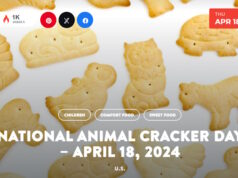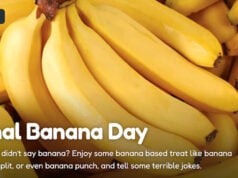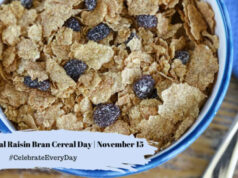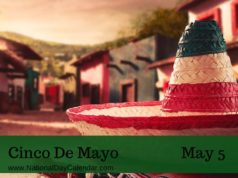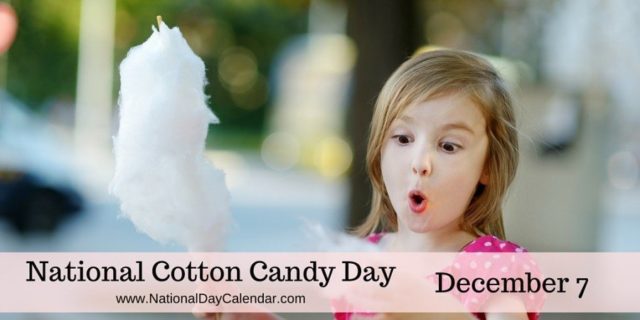
Dating all the way back to the 1400’s when it was first called spun sugar, cotton candy has been a favorite treat for young and old alike at carnivals, fairs and the circus. Now December 7th celebrates this sweet delight as it is National Cotton Candy Day. Each year on December 7th, cotton candy lovers look forward to celebrating the day as they pull puffs of cotton candy from a stick or out of a bag and reminisce about their childhood days.
Dentist William Morrison and confectioner John C. Wharton are credited for the invention of machine-spun cotton candy in 1897.
Cotton candy is also called candy floss or fairy floss.
During the 18th century when cotton candy (spun sugar) was first recorded in Europe, it was very expensive and labor-intensive and generally was not available to the average person. It was after the invention of machine-spun cotton candy that it was introduced to a wide audience at the 1904 World’s Fair as Fairy Floss.
Cotton candy is still popular to this day!
- In 1904, these two Nashville candy makers introduced their invention of how to make cotton candy to the St. Louis World’s Fair. Due to fair goers’ curiosity, these inventors sold approximately 68,655 boxes of cotton candy for 25 cents a box for a total of $17,163.75.
- Sugar is the only ingredient in cotton candy.
- Cotton Candy is fat free.
- The only advancements to cotton candy over the years have been mass production and equipment upgrades.
- When cotton candy is spun, the sugar can create up to a 4 mile long string of sugar! That means cotton candy can literally last you for miles. These miles of sugar are not only long, but are thinner then human hair.
- Fairy Floss and Spun Sugar started being called Cotton Candy in the 1920’s. But many places around the world still call Cotton Candy by other names.
- Cotton Candy is known by a different name all around the world! What Americans call cotton candy is called “candyfloss” in the UK and India, “fairy floss” in Australia and Finland, “papa’s beard” (barbe à papa) in France, and “old ladies’ hair” in Greece.
- Other versions of candy floss: Iran has pashmak (Persian for “wool-like”) with sesame added to the sugar before melting; the Himalayan nation of Bhutan has ngathrek golop lhakpa—spun sugar with butter tea and chili pepper; China has “dragon’s beard candy,” with peanuts and coconut (and a texture like horsehair); and Turkey has Pi˛smaniye—spun sugar blended with buttered flour.
- Cotton candy helps create new blood vessels! According to researchers at Cornell University, cotton candy can be melted down to create artificial blood vessels. The cotton candy fibers are coated with a thicker, stronger substance made from silicone (a polymer), which is biocompatible but not biodegradable (meaning that it can stay within the body safely and does not break down). Now we could get deeper into the science of it all or you can take our word for it! Either way its pretty cool!
Sources:



